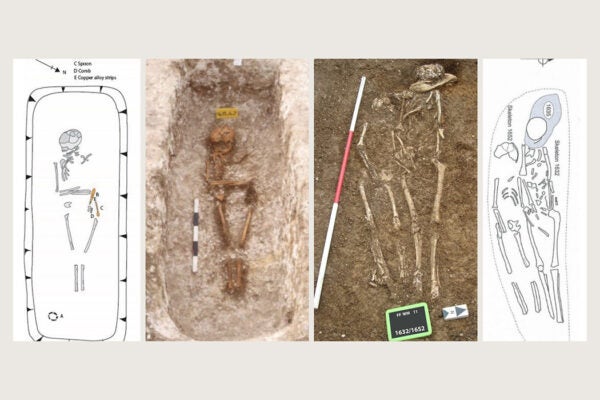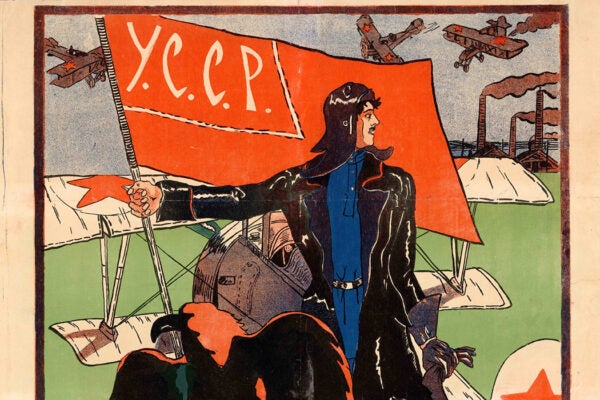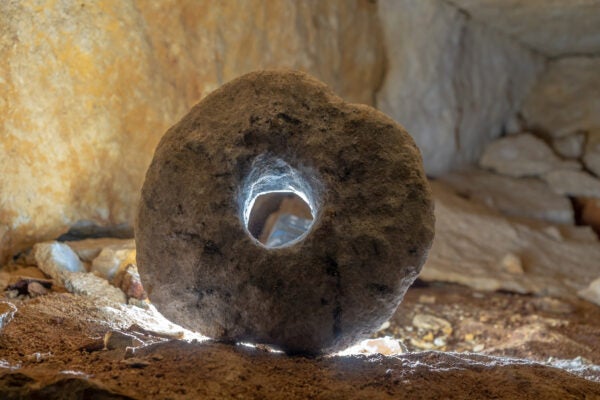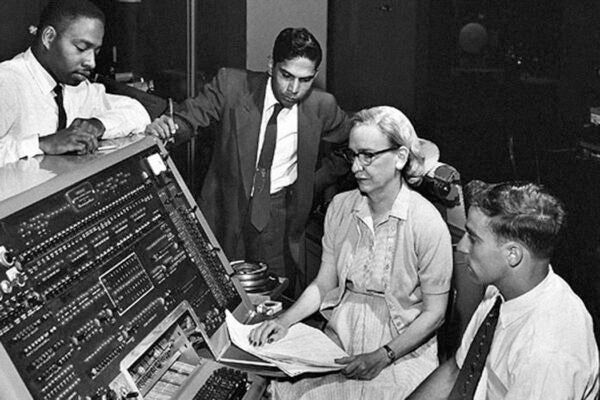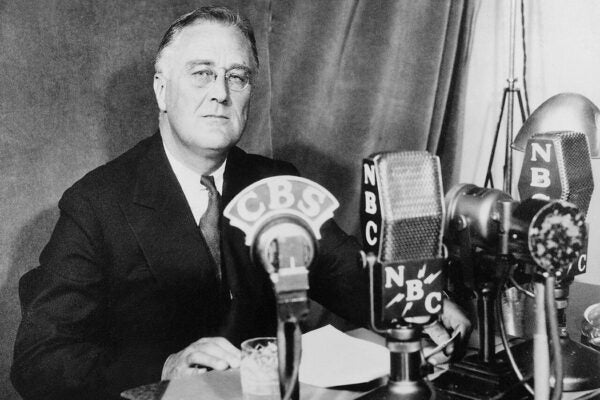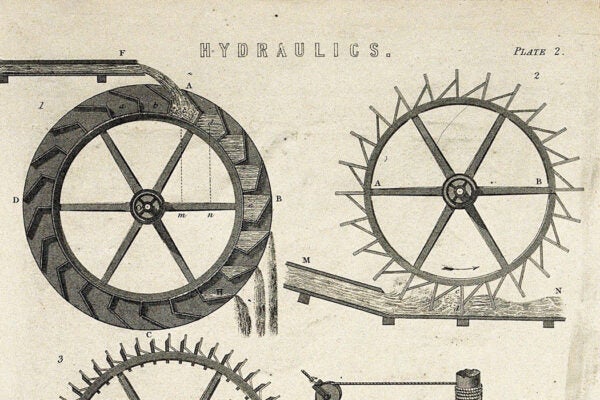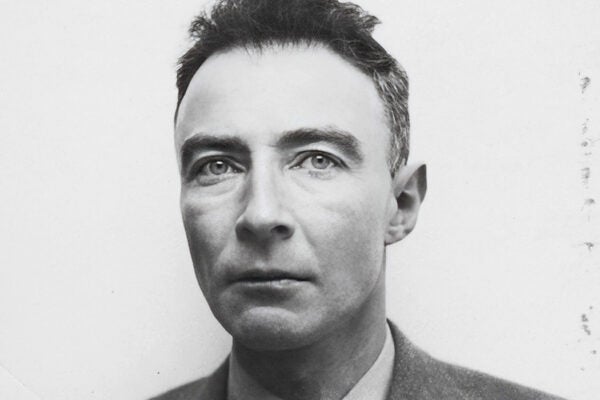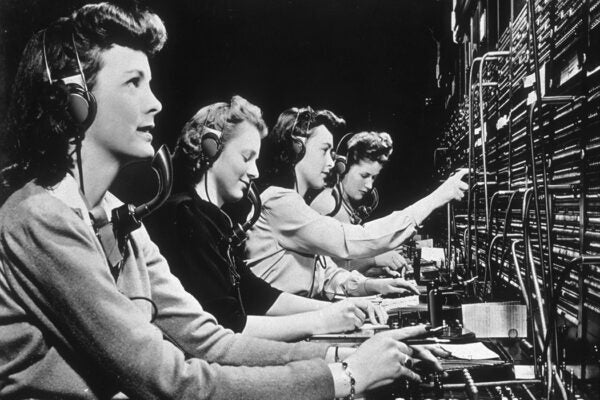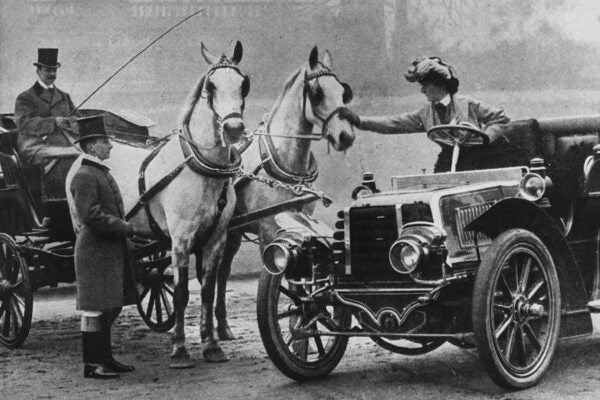Two Seventh-Century People Found With West African Ancestry
A story of diversity and integration in early Anglo-Saxon society.
Convincing Peasants to Fly in the Soviet Union
With air-minded films, poems, and demonstrations, Soviet leaders sought to lift peasants out of their “backward” lives and into the world of the modern proletariat.
How Was the Wheel Invented?
Computer simulations reveal the unlikely birth of a world-changing technology nearly 6,000 years ago.
Talking with Machines: Computer Programming as Language
The proliferation of different types of computing machines in the 1950s enabled—or perhaps forced—the creation of programming languages.
Amplifying Emotion: Radio and Interwar Political Speech
As radio matured in the twentieth century, politicians harnessed the technology in different ways to break down barriers between them and the public.
In the Stereoscope, Another World
Developed in the nineteenth century, the stereoscope gave people a new way of seeing themselves and the world around them.
The Scientists, the Engineers, and the Water Wheel
In the eighteenth century, a mathematician, an astronomer, and an engineer each tried to apply their expertise to increasing the efficiency of water wheels.
The Annotated Oppenheimer
Celebrated and damned as the “father of the atomic bomb,” theoretical physicist J. Robert Oppenheimer lived a complicated scientific and political life.
Hold the Line
As telephony developed, so did a workforce of switchboard operators—all women—who were ultimately rendered obsolete by technological progress.
An Uncertain Energy Transition a Century Ago
When it came to the transport of goods within local areas, it took decades for the competition among horses, electric vehicles, and gas trucks to shake out.
